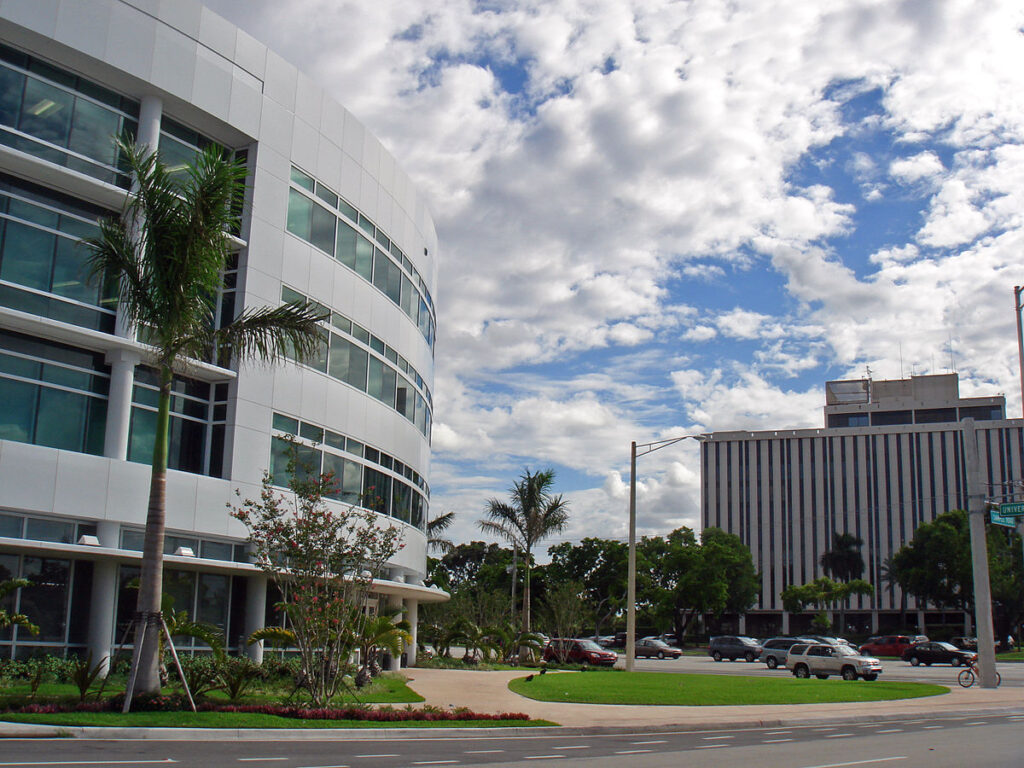
Moving to Coral Springs, Florida: A Comprehensive Relocation Guide
Considering moving to Coral Springs, Florida? This master-planned city in Broward County offers family-friendly neighborhoods, excellent schools, and abundant parks. With approximately 134,000 residents in 2025, Coral Springs ranks among South Florida’s most desirable suburban communities for families and professionals.
Demographic Profile to Consider If Moving to Coral Springs:
Coral Springs’ 2025 population stands at approximately 134,000 residents within its well-planned 24 square miles in northwest Broward County. The median age is around 40 years, reflecting strong appeal to families with children and young professionals. The population is approximately 45% White, 30% Hispanic, 17% Black or African American, and 6% Asian, creating a diverse community. Developed primarily from the 1960s forward as a master-planned city, Coral Springs features distinctive neighborhoods with consistent architectural themes, extensive green spaces, and comprehensive recreational facilities. The city’s planned development includes numerous parks, bike paths, and tree-lined streets contributing to high quality of life.
Cost of Living to Consider If Moving to Coral Springs:
Coral Springs offers moderate to upper-moderate housing costs for South Florida. Median home values range from $420,000 to $480,000 in 2025, with newer communities and luxury properties at higher price points. The median household income is approximately $80,000. Rental properties average around $2,200 monthly. Florida’s lack of state income tax benefits residents, and Broward County costs are competitive within the Fort Lauderdale metropolitan area. Overall cost of living reflects the city’s excellent schools, low crime rates, and comprehensive amenities. Coral Springs provides value for families prioritizing safety, education, and quality of life in South Florida, with housing costs justified by the city’s consistently high rankings in livability surveys.
Economy and Job Market:
Coral Springs residents typically commute to jobs throughout Broward and Palm Beach counties. The city itself hosts major employers including City Furniture headquarters, telecom companies, healthcare facilities, and corporate offices. The Coral Springs Corporate Park and commercial districts along major corridors provide local employment. Many residents work in healthcare, professional services, education, technology, and finance throughout the region. The broader Fort Lauderdale-Miami metropolitan area offers diverse opportunities, with most Coral Springs residents commuting 25-35 minutes to employment centers. The city’s location between Fort Lauderdale and Boca Raton provides access to extensive job markets while maintaining suburban character.
Education:
Broward County Public Schools serves Coral Springs students, with local schools consistently ranking among the district’s highest performers. The city includes numerous A-rated elementary and middle schools, plus Coral Springs High School, Marjory Stoneman Douglas High School, and J.P. Taravella High School. The district offers magnet programs, International Baccalaureate options, and career academies. Broward College operates a campus in Coral Springs providing associate degrees and workforce training. Florida Atlantic University in Boca Raton is nearby for four-year degrees. The exceptional school system is a primary draw for families relocating to Coral Springs, with education quality driving the city’s reputation.
Recreation and Lifestyle:
Coral Springs maintains over 50 parks, earning recognition as a top city for recreation. The city offers extensive sports facilities, aquatic centers, and the Coral Springs Center for the Arts hosting performances and cultural events. The innovative Coral Springs Museum of Art provides cultural programming. Residents enjoy golf courses, tennis centers, and the extensive network of bike paths throughout the city. The Sawgrass Mills mega-mall is nearby, while numerous shopping centers serve daily needs. Youth sports programs and family-oriented events create strong community connections. South Florida beaches are 30 minutes east, and the Everglades are accessible for nature activities. The subtropical climate enables year-round outdoor recreation.
Healthcare and Services:
Coral Springs residents access comprehensive healthcare through Broward Health Coral Springs, Westside Regional Medical Center, and numerous medical facilities throughout northwest Broward County. Specialized care is available throughout the Fort Lauderdale area, with major hospitals and specialty centers easily accessible. Urgent care facilities and medical offices serve the community extensively. The area’s healthcare infrastructure provides convenient access to quality medical services for residents.
Transportation:
Coral Springs benefits from the Sawgrass Expressway, Florida’s Turnpike, Interstate 95, and major arterials including University Drive and Coral Springs Drive. Fort Lauderdale-Hollywood International Airport is approximately 30 minutes south. Broward County Transit operates bus routes including Coral Springs, though most residents rely on personal vehicles. The city’s layout accommodates car travel, with typical commute times to employment centers ranging 25-40 minutes depending on destination.
Conclusion:
Moving to Coral Springs in 2025 offers family-oriented suburban living with excellent schools, low crime, and abundant parks in South Florida. The city’s master-planned character, strong sense of community, and convenient access to regional employment centers make it a premier choice for families seeking quality of life in the Fort Lauderdale-Miami area.

